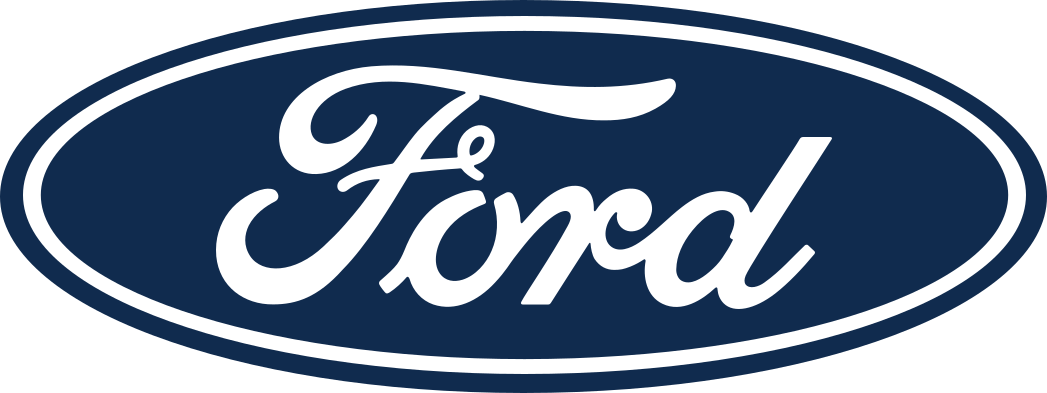THE FORD ELECTRIC VEHICLE STRATEGY: WHAT YOU NEED TO KNOW
The electric era is here, and Ford is in the midst of implementing an ambitious, comprehensive plan to make the transition to an electric lifestyle – or commercial fleet, for that matter – easy.
Ford is investing $22 billion in electrification through 2025 as part of its plan to lead electrification in areas of strength. The company is electrifying its most iconic products – the Mustang, F-150 and Transit – with many more to come in the years ahead. In addition to offering zero-emissions versions of its most popular vehicles, Ford is harnessing electrification to deliver more of what customers love about them: Performance, capability and productivity.
- The all-electric Mustang Mach-E is being delivered to customers and is available to order now. This SUV brings the 0-60 mph thrills Mustang is famous for, in a sleek new package brimming with the latest technology and over-the-air Ford Power-Up software updates.
- The E-Transit – an all-electric version of America’s best-selling van* – will debut starting in late 2021. Smart and connected, it will arm fleet owners with technology solutions like a high-speed in-vehicle data architecture and cloud-based services to offer new ways to optimize fleet performance.
- The F-150 Lightning arrives in spring 2022, bringing stunning innovation, technologies and capabilities to the F-Series, America’s best-selling truck**, combined with the power, payload and towing capability that is the hallmark of all Built Ford Tough trucks.
A key part of Ford’s goal to drive the adoption of electric vehicles is to target the large market for fully electric commercial vans and pickups. Ford is planning to bring the benefits of electric vehicles to these customers with an accessible price point, improved productivity, and lower cost of ownership.
Along with a variety of home charging solutions, Ford has North America’s largest public charging network†, with more than 63,000 charging plugs and growing. Built-in charging solutions, such as cloud-connected navigation, route customers to nearby charging stations, recommend where to charge on trips and provide easy access and payment via FordPass for a seamless customer experience.
And with more than 2,300 EV-certified dealers across all 50 states – plus 644 EV-certified commercial vehicle centers – Ford stands ready to serve customers and help people transition to electric vehicle ownership.
Ford has electric vehicle manufacturing footprints across the world. This includes four plants in North America, such as the new Rouge Electric Vehicle Center in Michigan. The company is investing $700 million into the Rouge complex, adding 500 new jobs and employing advanced sustainable manufacturing technology to build F-150 Lightning as well as F-150 PowerBoost Hybrid.
This electrification strategy is a core component of Ford’s goal to achieving carbon neutrality globally by 2050. Ford is the only full line U.S. automaker committed to doing its part to reduce CO2 emissions in line with the Paris Climate Agreement and working with California for stronger vehicle greenhouse gas standards.
Ford is also working with other automakers where it sees opportunities in markets it does not have scale. It has invested $500 million in electric vehicle startup Rivian, and will use Volkswagen’s Modular Electric Drive architecture to develop another all-electric vehicle for the European market beginning in 2023.
Additionally, Ford is investing significantly to accelerate research and development of battery and battery cell technology. The company recently announced the establishment of the Ford Ion Park global battery center in southeast Michigan, where it will use state-of-the-art equipment to pilot new manufacturing techniques that will allow Ford to quickly scale breakthrough battery cell designs with novel materials once the company vertically integrates battery cells and batteries.
Ford also recently increased its investment in Solid Power, an industry-leading producer of all-solid-state batteries for electric vehicles. These batteries show great promise and are designed to power longer range, lower cost and safer electric vehicles using existing lithium-ion battery manufacturing infrastructure.
†Based on original equipment manufacturers (OEM)/automotive manufacturers that sell all-electric vehicles and have publicly announced charging networks. Department of Energy data used. FordPass, compatible with select smartphone platforms, is available via a download. Message and data rates may apply.
# # #
Note: IHS Markit global vehicle registrations are compiled from government and other sources and capture 95 percent of global new vehicle volumes in more than 80 countries. Sports cars, as defined by IHS Markit, include all vehicles in the IHS Markit Global Sports Car segment. Mustang is America’s best-selling sports car over the last 50 years, based on Ford analysis of 1966-2018 total U.S. new vehicle cumulative registrations for all sports car segments supplied by IHS Markit.
For Aftersales / Parts / Warranty enquiries, contact our Customer Care Centre at 1300 383 181 Monday – Friday 9AM to 5PM (excluding public holidays) or email [email protected].
Click the button below to get the conversation started.

